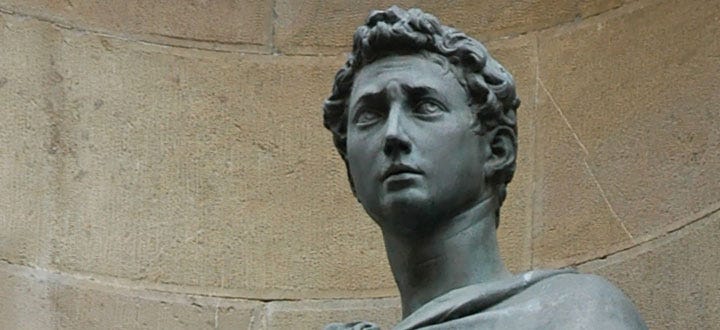The Story of Art, by E. H. Gombrich
New York: Phaidon Press, 1995
688 pp. $39.95 (paperback).
In his introduction to The Story of Art, E. H. Gombrich speaks of a trap that some people fall into after studying art history:
When they see a work of art they do not stay to look at it, but rather search their memory for the appropriate label. They may have heard…
Keep reading with a 7-day free trial
Subscribe to The Objective Standard to keep reading this post and get 7 days of free access to the full post archives.


